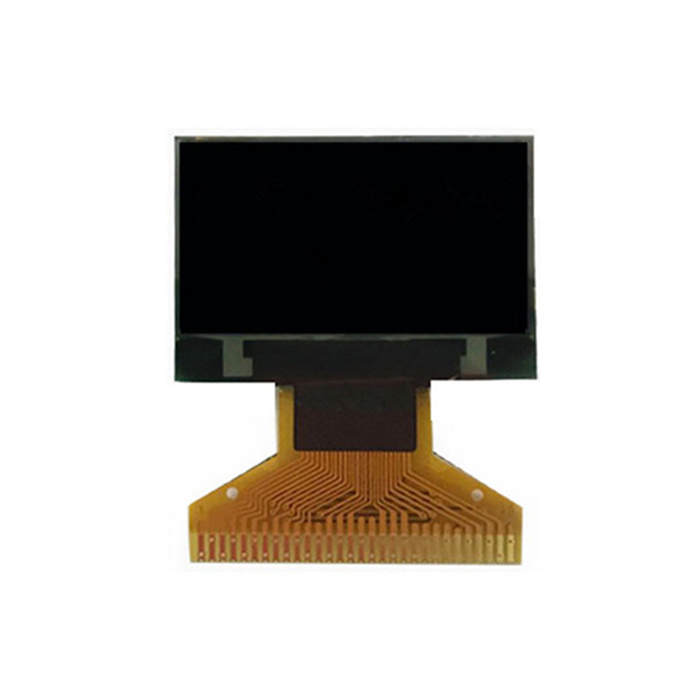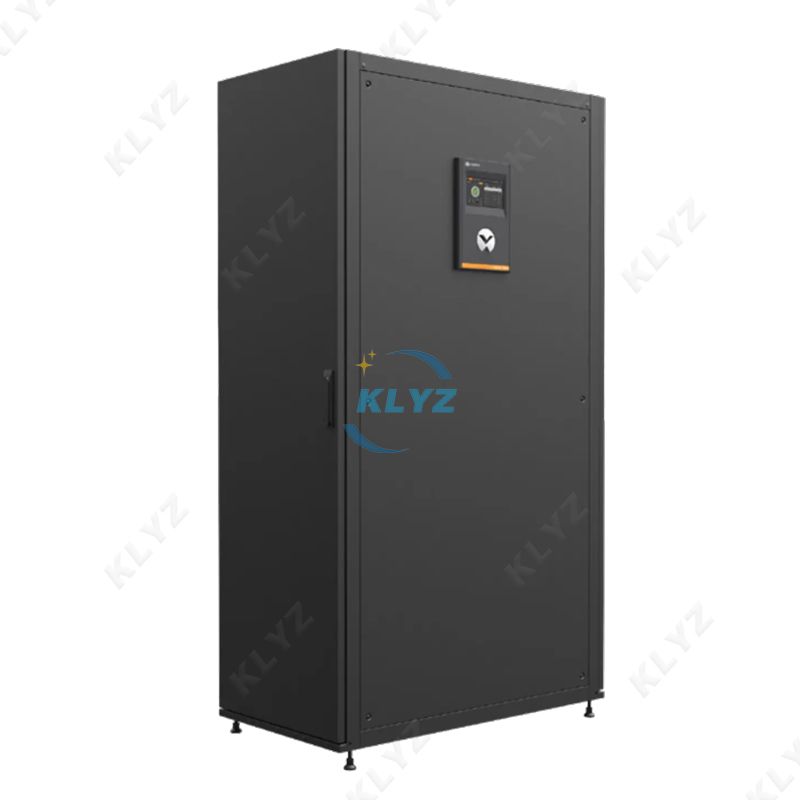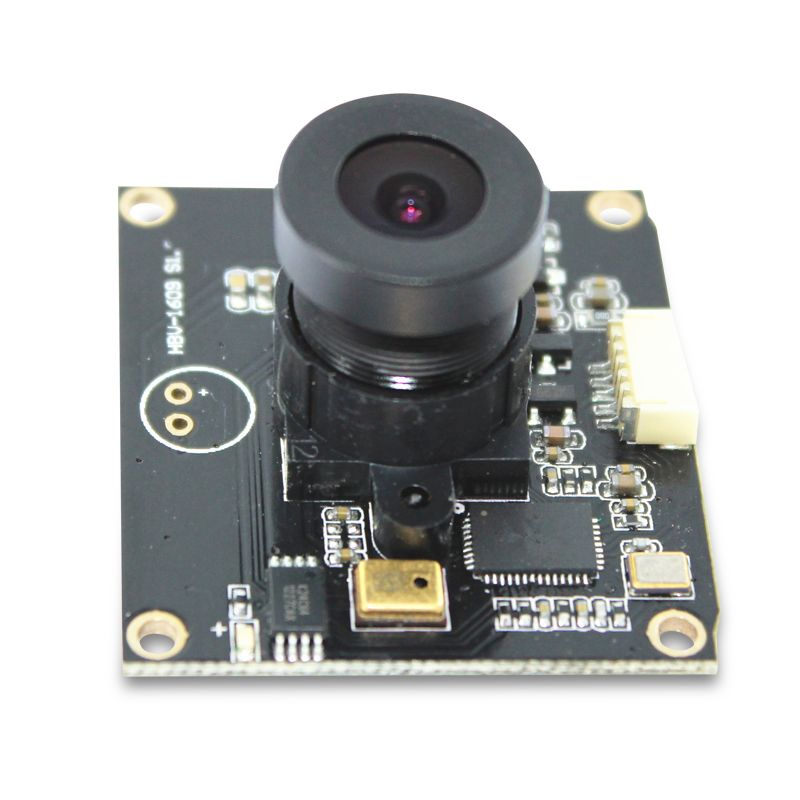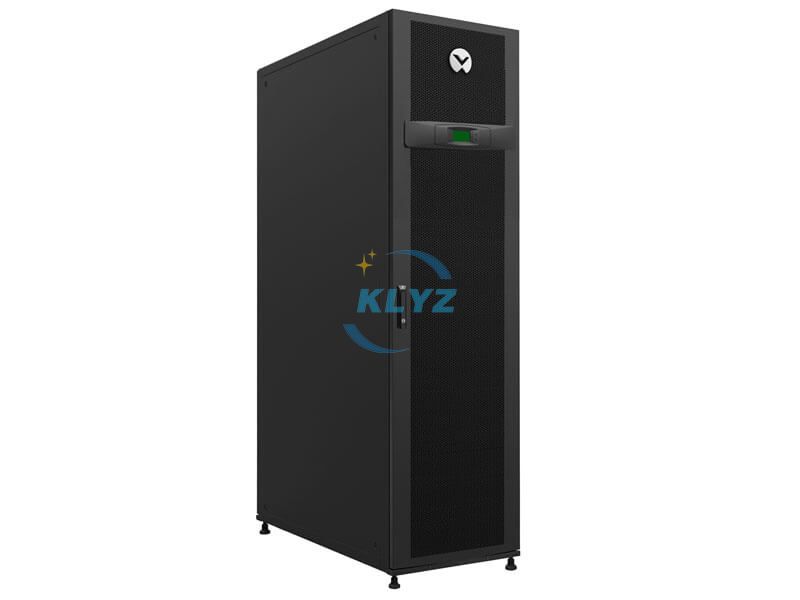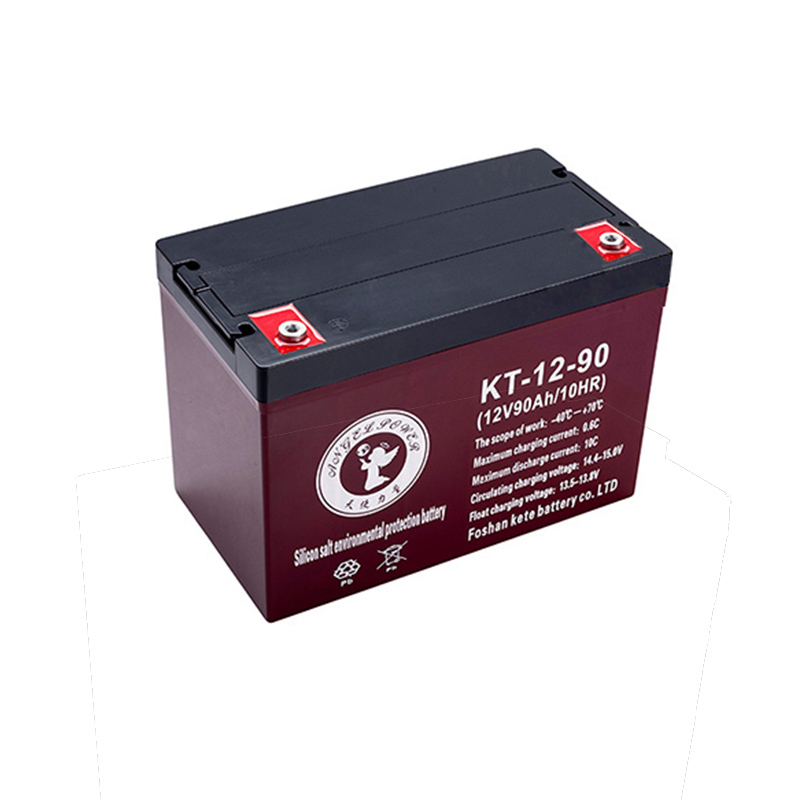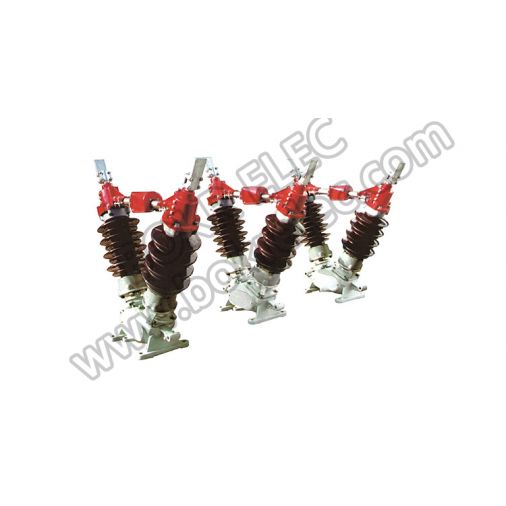EVERYTHING YOU NEED TO KNOW ABOUT VARIABLE ...
EVERYTHING YOU NEED TO KNOW ABOUT VARIABLE ...
EVERYTHING YOU NEED TO KNOW ABOUT VARIABLE MESSAGE SIGNS
22 Dec by Photonplay System
Link to Chainzone
Variable Message Signs (VMS) are a common sight on highways and urban roads, providing important information to drivers about traffic conditions, weather alerts, and travel times. Variable Message Signs (VMS) are an essential component of modern transportation systems.
These electronic signs, also known as 'dynamic message signs,' provide drivers with real-time information about road conditions, traffic congestion, weather updates, and other essential information. As such, VMS is a critical component of effective traffic management, enabling transportation officials to respond to changing conditions quickly and efficiently.
In this blog, we'll cover everything you need to know about VMS, from how they work, their types, benefits, applications, and considerations when choosing them, to best practices for implementation, maintenance, and repair, and the future of VMS.
What are Variable Message Signs (VMS)?Variable Message Signs (VMS) are electronic signs that display messages to drivers in real-time. They can display text, symbols, and images, making them an effective way to provide information to drivers quickly. VMS signs are commonly used on highways, toll roads, bridges, tunnels, and other major roadways.
Types of Variable Message SignsThere are several types of Variable Message Signs available in the market, including full-matrix signs, line-matrix signs, and graphic signs. Full-matrix signs are the most common type of VMS and offer the most flexibility in displaying messages.
Line-matrix signs, on the other hand, can display only one line of text at a time. Graphic signs display images, making them suitable for displaying traffic maps or images of hazards.
How Do Variable Message Signs Work?Variable Message Signs work by using LED or LCD technology to display messages to drivers. They are connected to a central system that collects real-time data about traffic, weather, and other factors.
The system then uses this data to display messages on the VMS signs, providing drivers with information that can help them make informed decisions about their travel plans.
Benefits of Variable Message SignsThe benefits of Variable Message Signs include improved safety, reduced traffic congestion, and better traffic flow. By providing real-time information to drivers, VMS signs can help reduce accidents caused by poor visibility, weather conditions, and unexpected hazards.
They can also help reduce traffic congestion by providing drivers with information about alternate routes and road closures.
Applications of Variable Message SignsVariable Message Signs are used in a variety of applications, including traffic management, emergency management, and public transportation. They are commonly used on highways to display information about traffic conditions, construction work, and other hazards.
They are also used in emergency management to provide information to drivers about evacuation routes and other emergency procedures. In public transportation, VMS signs are used to display information about arrival and departure times, delays, and other service-related information.
Considerations When Choosing Variable Message SignsWhen choosing VMS, there are several considerations to keep in mind. First, it's important to consider the location and purpose of the sign. Different signs are better suited for different situations, so it's important to choose the right one for the job. Factors to consider include the size of the sign, the viewing distance, the speed of traffic, and the level of ambient light.
For more information, please visit vms led display.
Explore more:What are Applications of Liquid Crystal Light Valves?
What are Advantages and Applications of Single Phase String Inverters?
Advantages of Residential Energy Storage: Self-Sufficiency and Cost Savings
Is TFT display better than AMOLED?
Key Features and Benefits of Mini Compact Prefabrication Substation
How Does the Design and Construction of Power Resistors Impact Their Performance and Reliability?
Unraveling the Features of Liebert Precision Air Conditioners
Other factors to consider when choosing VMS include the message display capabilities, such as whether the sign can display full-color graphics, and whether it can be programmed to display multiple messages. The type of control system used, such as a wired or wireless system, is also important, as is the power source for the sign.
Best Practices for Implementing Variable Message SignsTo ensure that VMS is effective and safe, it's important to follow best practices for implementation. This includes conducting a thorough site assessment to determine the optimal location and orientation of the sign, as well as ensuring that the sign is properly installed and secured.
Another best practice is to ensure that the message displayed on the sign is clear and concise and that it's promptly updated to reflect changing traffic conditions. This can be done using a variety of technologies, such as radar or GPS-based sensors that detect traffic flow, weather conditions, and other variables that affect driving conditions.
Maintenance and Repair of Variable Message SignsLike any piece of equipment, VMS requires regular maintenance and repair to ensure optimal performance and longevity. This includes routine inspections to check for damage or wear and tear, as well as cleaning the sign to remove dirt and debris that can impair visibility.
In addition, VMS may require repairs from time to time, such as replacing damaged or burned-out LED lights or repairing damage to the housing or mounting brackets. It's important to work with a qualified technician who is trained to repair and maintain VMS to ensure that the work is done safely and correctly.
Future of Variable Message SignsAs technology continues to evolve, so too does VMS. In the future, we can expect to see more advanced VMS that use real-time data to provide drivers with more accurate and timely information.
This may include using sensors to detect traffic congestion and automatically adjust messaging to help alleviate congestion, or using artificial intelligence (AI) to analyze traffic patterns and make recommendations for optimizing traffic flow.
In addition, VMS may become more integrated with other traffic management systems, such as intelligent transportation systems (ITS), to provide a more comprehensive view of traffic conditions and improve overall traffic management.
ConclusionIn conclusion, VMS is an essential tool for effective traffic management, providing drivers with important information about traffic conditions, weather alerts, and travel times. By following best practices for implementation, maintenance, and repair, we can ensure that VMS is safe, effective, and reliable.
As technology continues to evolve, we can expect to see even more advanced VMS that uses real-time data and AI to provide drivers with more accurate and timely information
Regardless of the specific technology used, VMS will continue to play a critical role in managing traffic and keeping drivers safe on the road. Overall, VMS signs play a vital role in ensuring the safety and efficiency of our transportation systems.
How Do Variable Message Signs Work? A Simple Guide
Variable Message Signs (VMS)
are a common sight on highways, roads, and expressways, providing drivers with important information about traffic conditions, road closures, and safety alerts. These electronic signs are crucial tools in modern traffic management, helping to improve road safety, reduce congestion, and enhance communication between transportation authorities and drivers. In this simple guide, we'll explore how Variable Message Signs work, their components, and their significance in traffic management.
1. Components of Variable Message Signs
Before delving into how Variable Message Signs work, it's essential to understand their basic components:
- Display Panel: This is the most visible part of a Variable Message Sign. It typically consists of a matrix of light-emitting diodes (LEDs) that form characters, symbols, or graphics to convey information to drivers.
- Support Structure: The display panel is mounted on a support structure, often a gantry or a roadside pole. The support structure ensures the sign is visible to drivers at the appropriate distance.
- Control System: A central control system manages the display panel. This system receives data and instructions from various sources, allowing it to update the information on the sign as needed.
- Power Supply: VMS require a reliable power source, often connected to the electrical grid. Backup power sources like batteries or generators may be employed to ensure functionality during power outages.
- Communication Links: VMS receive data from various sources, including traffic management centers, weather monitoring systems, and incident reporting platforms, through communication links such as fiber optic cables, wireless networks, or cellular connections.
2. Data Sources
Variable Message Signs
rely on data from various sources to display accurate and up-to-date information to drivers. These sources include:
- Traffic Management Centers: These centers monitor traffic flow, incidents, and congestion. They can update VMS with real-time information to help drivers make informed decisions.
- Weather Monitoring Systems: Weather conditions can significantly impact road safety. Data from weather monitoring systems can be used to alert drivers about adverse conditions like heavy rain, snow, or fog.
- Incident Reporting Systems: These systems collect data on accidents, road closures, and other incidents. VMS can display messages warning drivers of such situations and suggesting alternative routes.
- Traffic Sensors: In some cases, traffic sensors embedded in the road surface can provide real-time data on traffic density and speed. VMS can use this information to inform drivers about upcoming congestion.
- Preprogrammed Messages: VMS can display preprogrammed messages such as speed limit reminders, safety alerts, or construction zone warnings. These messages are typically scheduled and can be changed as needed.
3. How VMS Work
The operation of Variable Message Signs can be summarized in a few key steps:
Data Collection: Information from various sources, as mentioned above, is collected and sent to the control system of the VMS. This data includes real-time traffic conditions, weather updates, incident reports, and preprogrammed messages.
Data Processing: The control system processes the received data and determines which message to display on the VMS. For example, in the case of heavy traffic ahead, the system may choose to display a message advising drivers to consider an alternate route.
Message Display: The control system sends the chosen message to the display panel of the VMS. The panel uses LED lights to form characters, symbols, or graphics, which are easily readable by drivers, even at a distance.
Update Frequency: VMS continuously update information as new data becomes available. This ensures that drivers are provided with the most current and relevant information to make informed decisions while on the road.
4. Significance in Traffic Management
Variable Message Signs play a crucial role in traffic management and road safety for several reasons:
Real-Time Traffic Information: VMS provide drivers with real-time information about traffic conditions, helping them avoid congestion, reduce travel time, and make safer driving decisions.
Emergency Alerts: In the event of accidents, road closures, extreme weather, or other emergencies, VMS can quickly disseminate information to drivers, allowing them to take appropriate actions to stay safe and find alternative routes.
Promoting Safe Driving: VMS can display messages about speed limits, lane closures, or warnings about adverse weather conditions, all of which contribute to safer driving habits.
Reducing Congestion: By providing drivers with information about traffic conditions ahead, VMS can help prevent congestion and traffic jams, improving overall traffic flow.
Alternative Route Suggestions: VMS can suggest alternative routes when traffic conditions are unfavorable, which can help distribute traffic more evenly and reduce the strain on overloaded roadways.
Improved Communication: Transportation authorities can use VMS to communicate with drivers on a large scale, ensuring that important information reaches a broad audience quickly.
conclusion
Variable Message Signs are valuable tools in modern traffic management. They work by collecting data from various sources, processing it, and displaying relevant information to drivers using LED displays. Their significance lies in their ability to enhance road safety, reduce congestion, and improve communication between transportation authorities and drivers. As technology continues to advance, we can expect Variable Message Signs to play an even more prominent role in our efforts to manage and optimize traffic on our roadways.
If you want to learn more, please visit our website led speed limit sign.
Is electrolytic capacitor used for AC or DC?
10 Questions People Ask About LiFePO4 Power Stations
How does a liquid crystal display work?
Lithium Cell Pilot Line: Revolutionizing Energy Storage
What Does a CBB60 Capacitor Do?
The Future of Energy Storage: LiFePo4 Battery Packs Leading the Way
What is a cable clamp used for?



